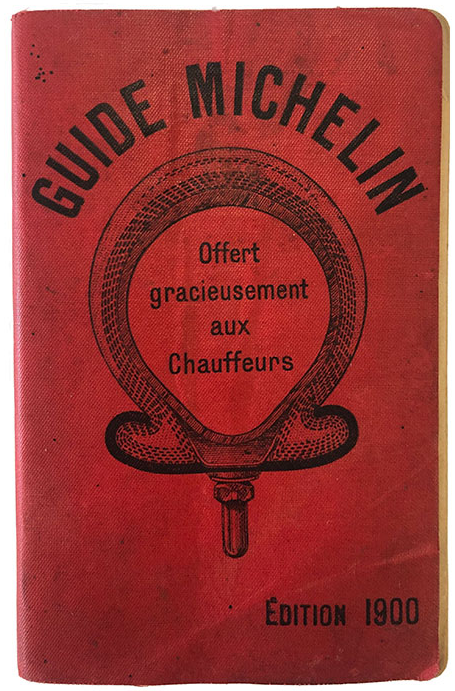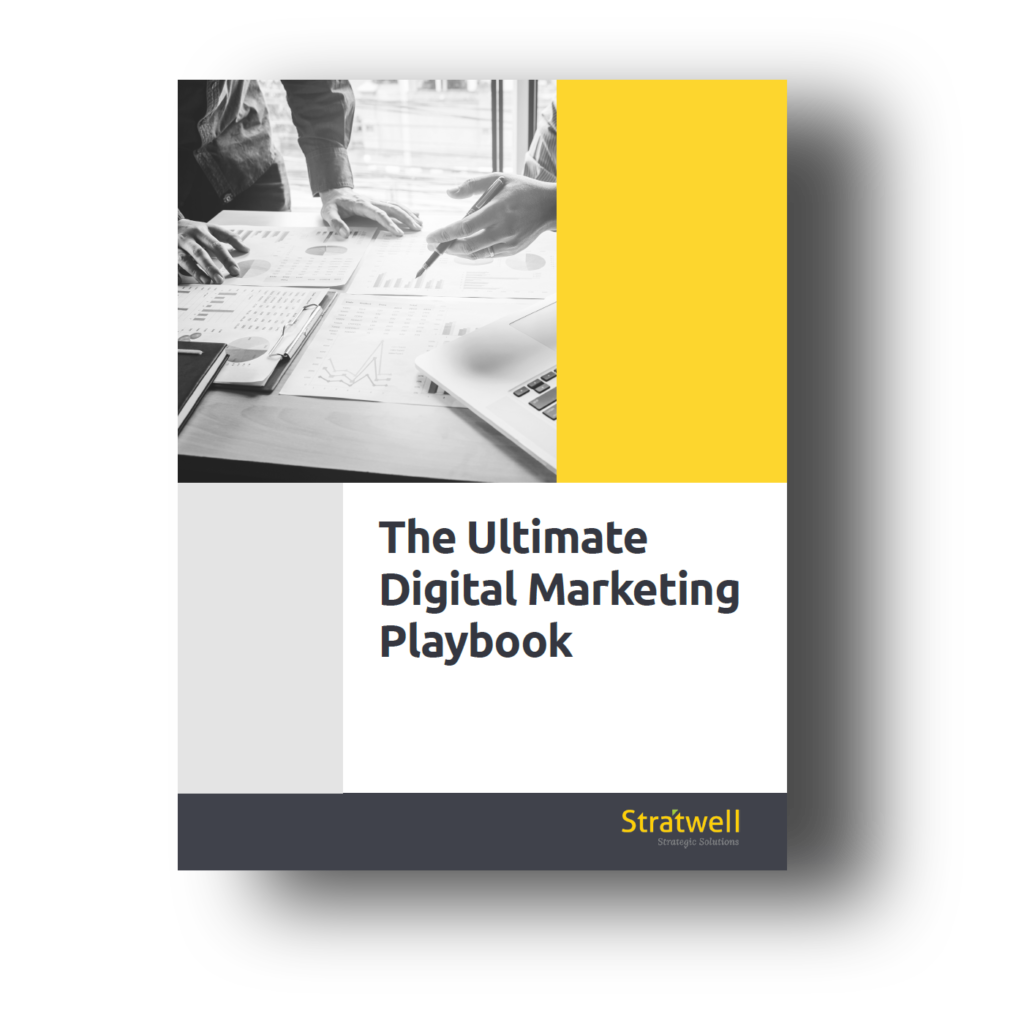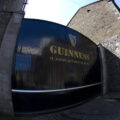In 1926, the Michelin Guide began awarding stars for fine dining establishments. The popularity of the guidebook has grown ever since and is now regarded as one of the most prominent and referenced guidebooks for the annual review of restaurants that have achieved culinary excellence.
The Michelin Guide, in essence, is one of the most successful examples in the history of content marketing. Its legendary status rivals the likes of Benjamin Franklin’s Poor Richard’s Almanack, Samuel Wagner’s American Bee Journal, and John Deere’s The Furrow.
What is the Michelin Guide
The Michelin Guide is one of the most eminent guidebooks in the culinary world.
Any food connoisseur and avid traveler would need no introduction to it.
Earning a Michelin Star is one of the highest honours a chef can receive for a restaurant.
Renowned celebrity chefs such as Gordon Ramsey and Joël Robuchon, who built food empires around different parts of the world, are two of the acclaimed Michelin starred culinary artists.
But the original Michelin Guide wasn’t about food.
The ones who are familiar with the Michelin brand would probably have known or guessed that the famous Michelin Guide is a byproduct of a tire business.
The Michelin Guide Story
Back in 1900, the automotive industry was in its infancy, there were less than 3,000 cars on the roads of France. The Michelin brothers, Édouard and André, published the guide to provide useful information to motorists in reference to the commute across France.
When the Michelin Guide was first introduced, it didn’t have any mentioning of restaurants or food. Instead, just the typical, mundane information any tire company would publish to grab their customers’ attention — listings for mechanics and tire replacement directions.
The guide gained little traction at the beginning. The legend has it that André Michelin, whilst visiting a tire shop, noticed his guide copies being used as prop up for a workbench. Realizing they need to bring more value to their customers, the Michelin brothers made a few tweaks to the guide content, including a section on restaurants across France.
The brothers soon realized that the restaurant section was the most popular among their readers, and hired a team of inspectors to visit and review the restaurants, and hence, the birth of the Michelin Star system.
Fast forward to now, the Michelin Guide has ventured outside of France into Europe, and now covered other parts of the world, including the United States, Brazil, and various parts of Asia.
The growth in popularity of the guide has raised awareness of the Michelin brand around the globe. Essentially, their greatest accomplishment was their ability to find the sweet spot between what they offer and what the audience needs. Therefore, the guide has ventured into the genre of its own offering more than just cars and tires information.
It was the start of the brand image that customers fell in love with. And that’s how the creative geniuses behind The Michelin Guide made their incredible mark in the automotive industry, which still serves as the quintessential example of the greatest content marketing strategies.
What Is Content Marketing
So you may have enjoyed the story about the Michelin Brothers, and how they have grown their brand awareness with the Michelin Guide.
You may have also liked our earlier article about John Deere and how they have built their empire with the help of their magazine “The Furrow”, or our article about how Guinness Brewery was able to generate massive awareness through the publishing of The Guinness World Records.
But why have these companies been so successful?
In essence, what is content marketing, and how exactly does it differ from other marketing approaches?
In simple words, content marketing is a marketing approach that involves the creation and distribution of valuable content for a target audience to win loyal customers.
To put it in the context of the Michelin Guide, we’d know that they won their customers through unique and quality content.
Rather than bombarding customers with sales emails, they persuade them through valuable and relevant information. This is the essence of a well-thought-out content marketing strategy.
What lessons can we take from the Michelin Guide?
The Michelin Guide is one of the most recognized circulars in terms of restaurant guides. There are inspiring lessons hidden in the success of it for any aspiring content marketer.
Always listen to your audience
The Michelin Guide teaches us to always listen to the customers as they have the power to tell us what we’re missing.
Successful marketing is all about exceptional communication skills. Over the years, the Michelin brothers realized that their audience loved the restaurant section the most. So, they hired anonymous food inspectors to rank the restaurants based on their food and service.
Therefore, always listen to the audience to establish a good rapport.
Value-added content
The content that provides value and exclusive information is not only appreciated by the audience but rewarded by Google search engines. Google is continuously updating its algorithm, and the goal of Google algorithm changes is simple — provide the best user experience through value-based content.
Value-based content ensures your website is well-positioned to rank high on the search engine.
Our content should always resonate with the brand, so it captures our prospects’ attention and put the idea of our product in their head.
The Michelin Guide would be an excellent example of providing value-added content to their readers as they published guides with unique quality information that is delivered around the world.
Consistency
Consistency is the key to successful content marketing. By being consistent in our message and approach, we’re investing our time and resources to build our brand’s credibility.
Consistency is also a combination of quality and quantity. Compromising on any of these aspects would be a poor content strategy and have adverse effects on the business.
What would happen if the Michelin Guide did not spend as much effort and started publishing mediocre content?
It would lose all the credibility and rapport it built over these years.
Thus, consistency in producing unique, high-quality content without coming across as pushy goes a long way.
Brand recognition
Building brand recognition is imperative to any business.
We might have the best product in the market that no one has ever produced, but if we’re refraining from providing value to our customers through content marketing. Chances are we’ll get lost in the shuffle.
When customers seek our recommendations and solutions, we establish our brand identity organically, which allows us to reach the maximum number of people that resonates with our brand.
Tempt the customers
The purpose of content marketing is to entice the customers to take our desired action.
When the Michelin brothers published guides, their target audience was the motorists who loved to travel and explore various food joints, and so they provided those exact information.
By doing that, their brand became top of mind when the motorists need to buy new tires.
Therefore, to be successful in content marketing, the information provided should be relevant to our business and engaging enough to keep our audience hooked.
Inform, don’t sell
The client acquisition process is about helping customers through valuable information. We don’t have to sell our services or products blatantly.
Inform, educate, and offer value to the customers is the secret recipe to successful content marketing.
Final Thoughts
Content marketing has been around for a long time, and the strategies have evolved over time. However, the impact it wields hasn’t diminished.
The credit to the exemplary success of well-known business empires including the Michelin is effective content marketing.
The Michelin Guide may have humble beginnings, yet they redefined their content marketing strategies by meeting the bigger needs of their audience. Ultimately, their brand awareness skyrocketed, and they went from being strictly a tire manufacturer to evolve as one of the most renowned food authorities around the world.
That’s truly an inspirational tale of effective content marketing.
Did you enjoy this article? What are some other content marketing examples that you can think of? Share your thoughts with us in the comment section below.
Enjoy this article? Subscribe to get similar articles delivered to your inbox and don’t forget to share it with your friends.
Other Related Blog Posts:
Alan Lo, Managing Partner of Stratwell Strategic Solutions, brings a decade of entrepreneurial and business development experience. Early in his career he was instrumental in building out the distribution channels of a real estate investment firm with over $2 billion in AUM. He has then founded an investment company in 2014 which he successfully exited in 2019.













4 Comments
I found your take to content marketing to be quite interesting.
Thank you for the excellent article.
Thank you for your kind comments!
The contents present at this website are really awesome, well, keep up the good work fellows.
Thanks for the support Dell!